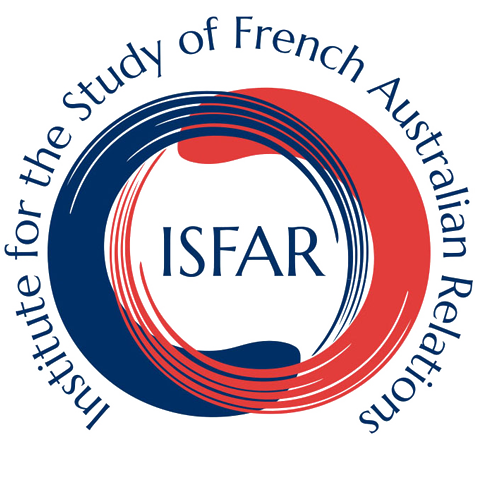Nicolas-Martin Petit was born in Paris in June 1777. Little is known of his early life apart from the fact that he was the fourth child of a poor artisanal fan maker in Paris. He studied art at a free school and then, in the 1790s, attended the art workshop of the celebrated Neoclassical painter Jacques-Louis David at the Louvre.
He probably volunteered to participate in the scientific expedition to New Holland of Captain Nicolas Baudin (1800–1804). Several artists were already designated to accompany and represent pictorially all aspects of the expedition (Jacques Milbert, landscape artist; Louis Le Brun, draughtsman and Michel Garnier, genre artist). Therefore Baudin enrolled Petit, together with Charles-Alexandre Lesueur, as Assistant Gunners, Fourth Class entrusting them with the responsibility of illustrating his journal. Petit was 23 when the ships left Le Havre.
All the official artists left the expedition at the Île de France (Mauritius) and Petit and Lesueur were promoted during the first stay in Timor in 1801 to the position of artist. Neither had previous training or experience in scientific illustration but, under the guidance of Captain Baudin and the naturalists, they carried out the exacting work of representing accurately what they saw. The two artists collaborated closely, providing a comprehensive pictorial record of the expedition. Petit specialised mainly in portraits of Indigenous people, whereas Lesueur concentrated on providing illustrations of animals and plants, as well as drawing landscapes and depicting artefacts and other local phenomena. On occasion they contributed to the same drawing and both worked on the coloured maps and coastal profiles that were drawn at Baudin’s behest as the voyage unfolded.
Petit served on the Géographe for the whole journey and returned to France in March 1804. He obtained a year’s leave to work on, develop and finish the drawings and sketches he had made during the expedition. However, weakened by the voyage, he died in October that year from gangrene, as the result of a fall in the street, shortly before his wedding day.
Petit’s beautiful and carefully detailed drawings and paintings of the Aboriginal people of Van Diemen’s Land and of Port Jackson are amongst the earliest European representations of the Indigenous inhabitants of New Holland.
Image: unavailable
Author: Margaret Sankey, University of Sydney, 2 March 2019.
References:
Lesueur, Charles-Alexandre and Nicolas-Martin Petit, 2008, Atlas Historique, parts I and II, 1807–1811, Voyage de découvertes aux Terres australes : exécuté par ordre de sa Majesté L’Empereur et Roi, sur les corvettes le Géographe, le Naturaliste; et la goëlette le Casuarina, pendant les années 1800, 1801, 1802, et 1804, Imprimerie Impériale, Paris. Second edition (1824), published in English translation as: Atlas, An Historical Record, Friends of the State Library of South Australia, Adelaide.
Bonnemains, Jacqueline, 1988, ‘Biography of Nicolas-Martin Petit’, Baudin in Australian Waters, ed. Jacqueline Bonnemains, Elliott Forsyth, Bernard Smith, Melbourne, Oxford University Press in Association with the Australian Academy of the Humanities, pp. 2730.
Jangoux, Michel, 2013, Le Voyage aux Terres australes du commandant Nicolas Baudin : Genèse et préambule (1798–1800), Paris, Presses de l’Université Paris-Sorbonne.
Horner, Frank, 1987, The French Reconnaissance: Baudin in Australia (1801–1803), Melbourne University Press, Melbourne.
Jean Fornasiero, Lindl Lawton and John West-Sooby (eds), 2016, The Art of Science: Nicolas Baudin’s Voyagers (1800–1804, Wakefield Press, Adelaide.
Keywords: Artist, Baudin Expedition, Indigenous portraits, Aboriginal peoples, Lesueur
